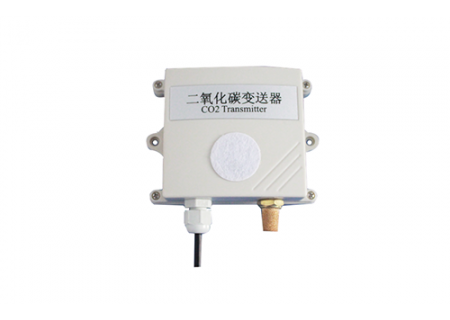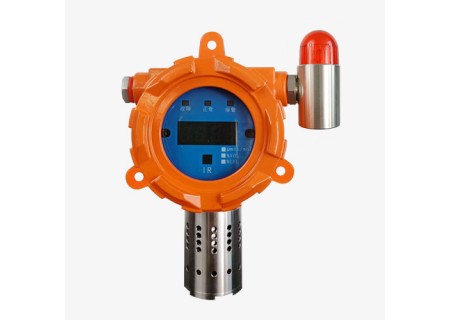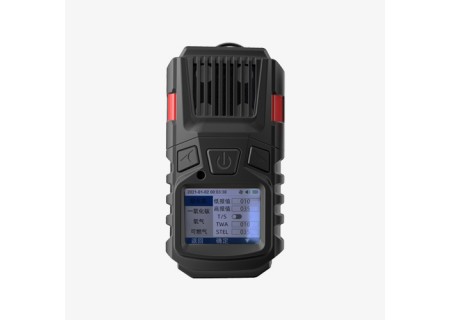Do air quality monitors detect mold

Air quality monitoring is crucial to our health, especially when it comes to indoor air quality (IAQ). In modern life, we spend most of our time indoors, so indoor air quality is closely related to our health. The importance of monitoring indoor mold with an AIR QUALITY MONITOR cannot be overlooked. Mold is one of the most common allergens in indoor air, and its airborne spores can easily cause allergy symptoms and respiratory illnesses. At the same time, the prolonged growth of indoor mold can lead to indoor odors, accumulation of pollutants, and structural damage to the building.
Properties of Molds
Molds can produce special structurally unique substrates called spores, which are usually not visible to the naked eye. The type of mold can be determined when the unique characteristics of these spores are detected by microscopy, immunological techniques and molecular biology.
Most of the spores produced by molds are between 2-20 μm in diameter and 1-100 mm in length. these spores are easily airborne. The spores are oval and irregular biomasses with characteristic shapes, sizes and colors in appearance and can be distinguished from each other under the microscope. When viewed under a microscope, the spore surface morphology can be smooth, granular, warty, spiny, cupular, pie crust or reticulate .
Mold spores require >65% relative humidity, temperatures of 50-90°F (10-32°C), and organic matter as their nutritional base for growth. When a spore germinates, it produces mycelium or branches to digest organic matter on the growing surface.
The texture of the overall appearance of various molds varies greatly, from filamentous, cottony or granular to leathery or smooth velvety surfaces. Mold can be colorless, white, gray, brown, black, yellow, green or fluorescent. As mold grows, it often gives off a "musty" odor that comes from the vapors of volatile organic compounds it releases.
About 100 species of indoor mold have been identified as potentially harmful to human health, but only a small fraction of these are commonly found in the air and dust of indoor environments.
Detection of Indoor Mold Growth
Mold growth is commonly found in areas where there has been standing/soaking water or prolonged high humidity. Spores, which are not visible to the naked eye, can be brought indoors through clothing, shoes or pets, and can also enter through open doors, windows or ventilation systems. Spores can survive on wood, paper, carpeting, soil, plants, fabrics and other surfaces. Mold spores that land on a surface with the right humidity and temperature will begin to sprout, gradually forming an ever-expanding network of mycelium.
Air Quality Monitor for Mold - Determine indoor mold by monitoring the relative humidity in your home using the home assistant humidity sensor.
Odors - Because mold releases harsh organic compounds into the air, the nose may be the first to sense mold growth. Any musty odor should be considered serious mold contamination, even if it is difficult to detect.
Visual Signs - An initial assessment of the indoor environment includes a visual inspection of floors, walls, windows and air conditioning systems. Mold can sometimes be observed by the naked eye, which appears as discolored surfaces. The environment should also be examined for areas of moisture or standing water.











